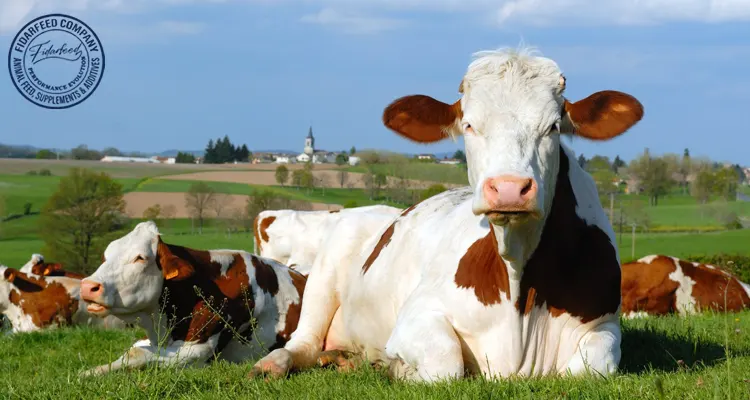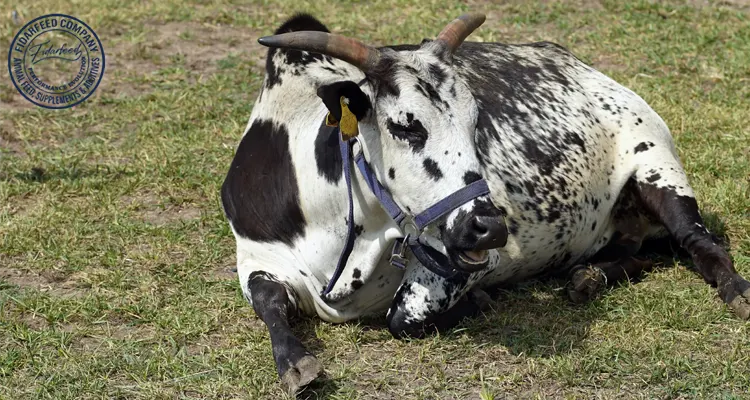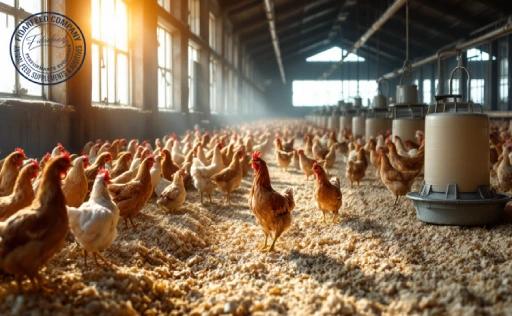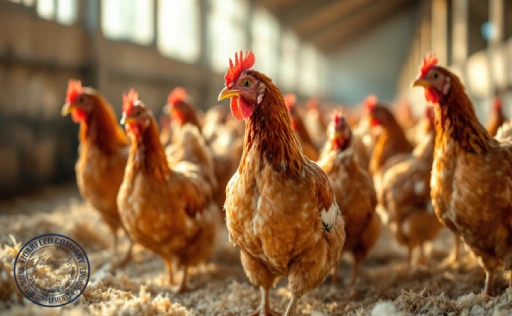Cattle are resilient animals, but like any living being, they can experience physical stress, a condition that can significantly impact their health, productivity, and overall well-being. For cattle breeders and those in the livestock industry, understanding and managing physical stress is crucial to maintaining a healthy herd and ensuring profitability. Stress in cattle often goes unnoticed until it starts affecting growth rates, milk production, or even survival rates. But the good news is that by recognizing the causes and implementing preventive measures, farmers can create a more comfortable and productive environment for their livestock. Keep reading to explore how physical stress affects cattle, its underlying causes, and actionable solutions to minimize its impact.
Understanding Physical Stress in Cattle: What Every Breeder Should Know
Physical stress in cattle arises when their bodies struggle to adapt to external pressures, leading to exhaustion, weakened immunity, and decreased productivity. This stress can be triggered by harsh environmental conditions, poor handling, inadequate nutrition, or disease.
Learn more about: Active Probiotic Yeast for Large animal
When cattle experience prolonged stress, they become more susceptible to illness, their reproductive efficiency drops, and weight gain slows. For dairy farmers, stressed cows produce less milk, while beef producers may notice lower meat quality. Because cattle rely on routine and stability, even minor disruptions in their environment can trigger stress responses, making it vital for breeders to recognize and manage these factors effectively.
Common Causes of Physical Stress in Cattle
Several factors contribute to physical stress in cattle, many of which are preventable with proper management:
1. Environmental Conditions
Extreme temperatures, whether scorching heat or freezing cold, can put immense stress on cattle. Heat stress, for example, causes dehydration, reduced feed intake, and even heat stroke. In contrast, cold stress forces cattle to expend more energy to maintain body temperature, leading to weight loss and weaker immune defenses.
2. Poor Handling and Transport Stress
Frequent transportation, improper loading/unloading, and rough handling can cause both physical and psychological distress in cattle. Long-distance travel without adequate rest, ventilation, or hydration exacerbates stress, increasing the risk of injury and illness.
Learn more about: How to Treat Bovine Respiratory Disease: A Complete Guide for Cattle Farmers
3. Overcrowding and Inadequate Housing
Cattle need enough space to move, rest, and feed without competition. Overcrowded pens or poorly ventilated barns create stressful conditions that can lead to aggression, injuries, and higher susceptibility to respiratory diseases.
4. Nutritional Deficiencies
A poor diet lacking essential vitamins and minerals weakens the immune system and disrupts normal bodily functions. Sudden changes in feed type or irregular feeding schedules also contribute to digestive stress.
Learn more about: Discover Zeolite Benefits for Health in modern animal breeding: From Cattle to Fish
5. Health Issues and Disease
Infections, lameness, and internal parasites can cause prolonged discomfort, leading to chronic stress. If left untreated, these conditions negatively affect cattle growth and productivity.
How Physical Stress Affects Cattle Health and Productivity
When cattle experience stress, their bodies release cortisol, a hormone that suppresses immunity, reduces appetite, and alters metabolism. The consequences can be severe:
Reduced Growth and Weight Gain: Stressed cattle eat less and convert feed less effectively, leading to slower growth and lower market weight.
Decreased Milk Production: In dairy cows, physical stress alters hormones, reducing the quantity and quality of milk produced.
Learn more about: Bulk Cattle Feed Prices: A Guide to Affordable Buying
Weakened Immune System: Chronic stress makes cattle more vulnerable to infections, parasites, and respiratory diseases, increasing veterinary costs.
Behavioral Changes: Stressed cattle may show aggression, excessive vocalization, or isolation, indicating discomfort or distress.
Breeders who fail to recognize these signs can face financial loss as well as long-term damage to their herd.
Recognizing Signs of Physical Stress in Cattle
Early detection is key to preventing serious health issues. Some common indicators of physical stress include:
Lethargy and Weakness: Cattle appear unusually tired or reluctant to move.
Reduced Feed and Water Intake: A drop in appetite is a strong indicator of distress.
Excessive Panting or Salivation: Common in heat-stressed cattle.
Learn more about: How to Treat BRD in Calves: Effective Strategies to Combat Bovine Respiratory Disease
Weight Loss and Poor Body Condition: Signifies ongoing nutritional or environmental stress.
Unusual Behavior: Aggressiveness, excessive restlessness, or avoidance of herd members.
Monitoring cattle closely allows for timely intervention and minimizes long-term impacts.
Practical Prevention Strategies to Reduce Physical Stress in Cattle
Reducing stress requires proactive management and attention to cattle welfare. Here are some practical strategies:
1. Improve Housing and Shelter
Ensure cattle have access to well-ventilated barns, shade during summer, and proper bedding during winter to minimize weather-related stress.
2. Provide Balanced Nutrition and Hydration
A well-formulated diet with essential nutrients, minerals, and adequate fresh water prevents deficiencies and digestive issues. Avoid sudden dietary changes to prevent metabolic stress.
Learn more about: Comprehensive Guide to Starting Cattle Farming: Where to Begin?
3. Implement Low-Stress Handling Techniques
Using calm handling methods, such as slow movements and reduced noise, helps prevent unnecessary agitation. Well-designed facilities with non-slip flooring also reduce injury risks.
4. Reduce Transport-Related Stress
Limit transport frequency, provide sufficient rest breaks, and ensure proper ventilation during long-distance travel to keep cattle comfortable.
5. Conduct Regular Health Checks
Routine veterinary check-ups, vaccination programs, and parasite control ensure cattle remain healthy and stress-free.
The Role of Technology in Reducing Physical Stress in Cattle
Advancements in technology have made it easier for breeders to monitor and manage cattle stress effectively.
Smart Sensors: Wearable devices track temperature, movement, and feeding patterns, helping detect early signs of stress.
Automated Feeding Systems: Ensure consistent and accurate feed distribution, reducing competition and dietary stress.
Learn more about: How to Diagnose and Manage Foot-and-Mouth Disease in Cattle?
Climate-Controlled Barns: Modern ventilation and cooling systems help regulate temperature, minimizing heat and cold stress.
By integrating these technologies, breeders can enhance cattle welfare while optimizing productivity.
Conclusion: Prioritizing Cattle Welfare for Better Productivity
Managing physical stress in cattle is not just about improving productivity; it’s about ensuring the well-being of the animals. Stress-free cattle grow better, produce higher-quality milk and meat, and contribute to a more sustainable farming operation. By understanding the causes of stress, recognizing early warning signs, and implementing preventive strategies, breeders can create a healthier, more efficient herd.
Do you have experience dealing with cattle stress? Have you found any strategies particularly effective? Share your thoughts in the comments below! Your insights can help other breeders improve their practices and ensure better cattle welfare.







